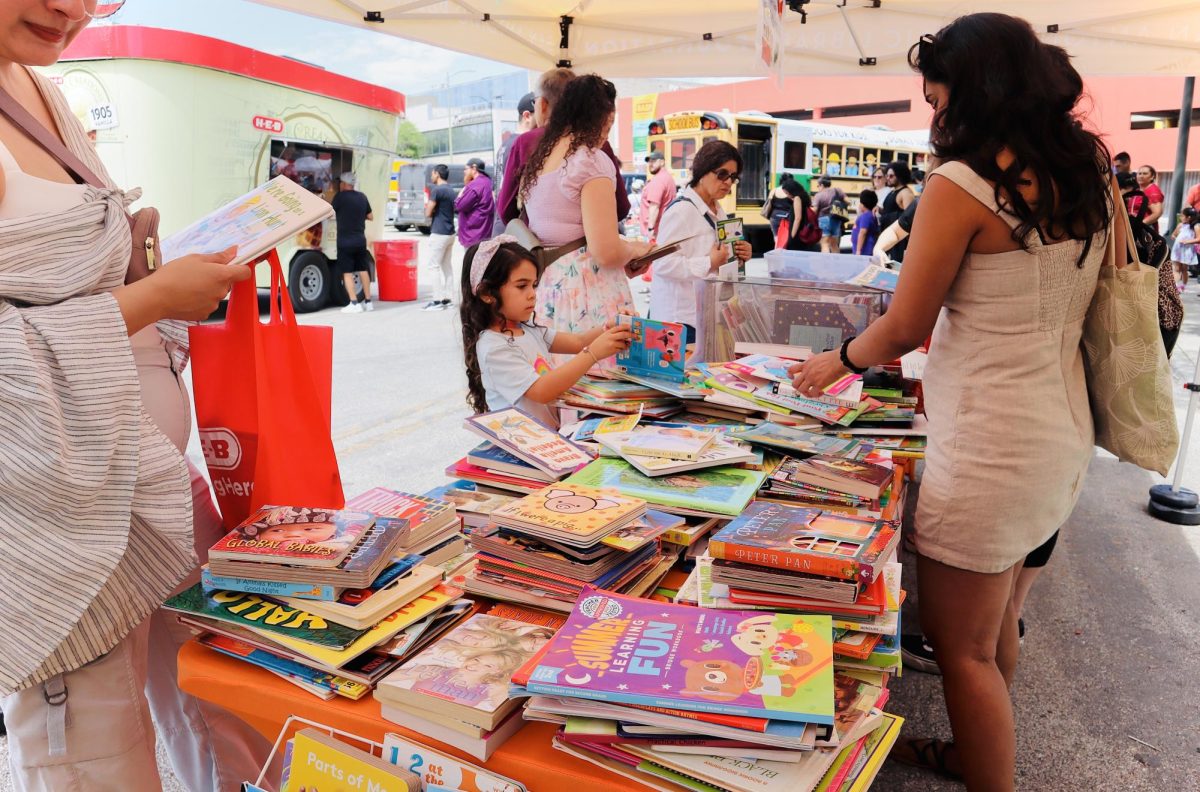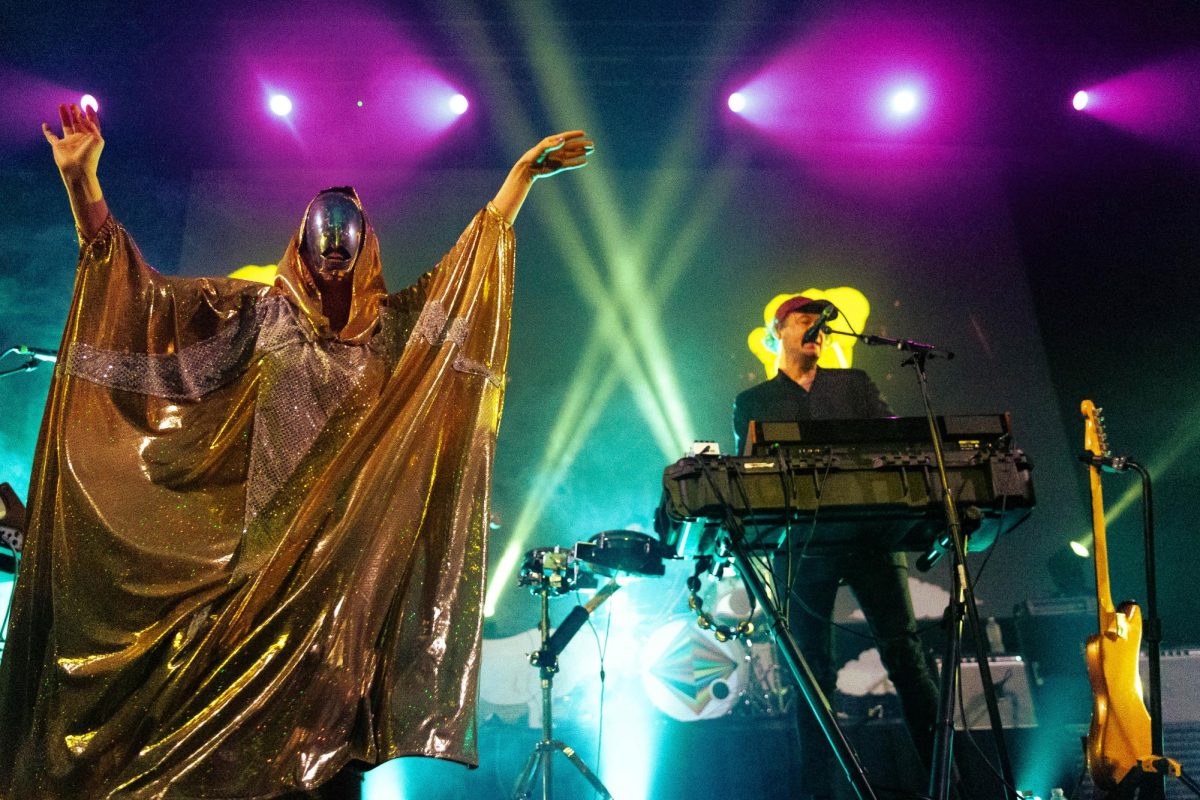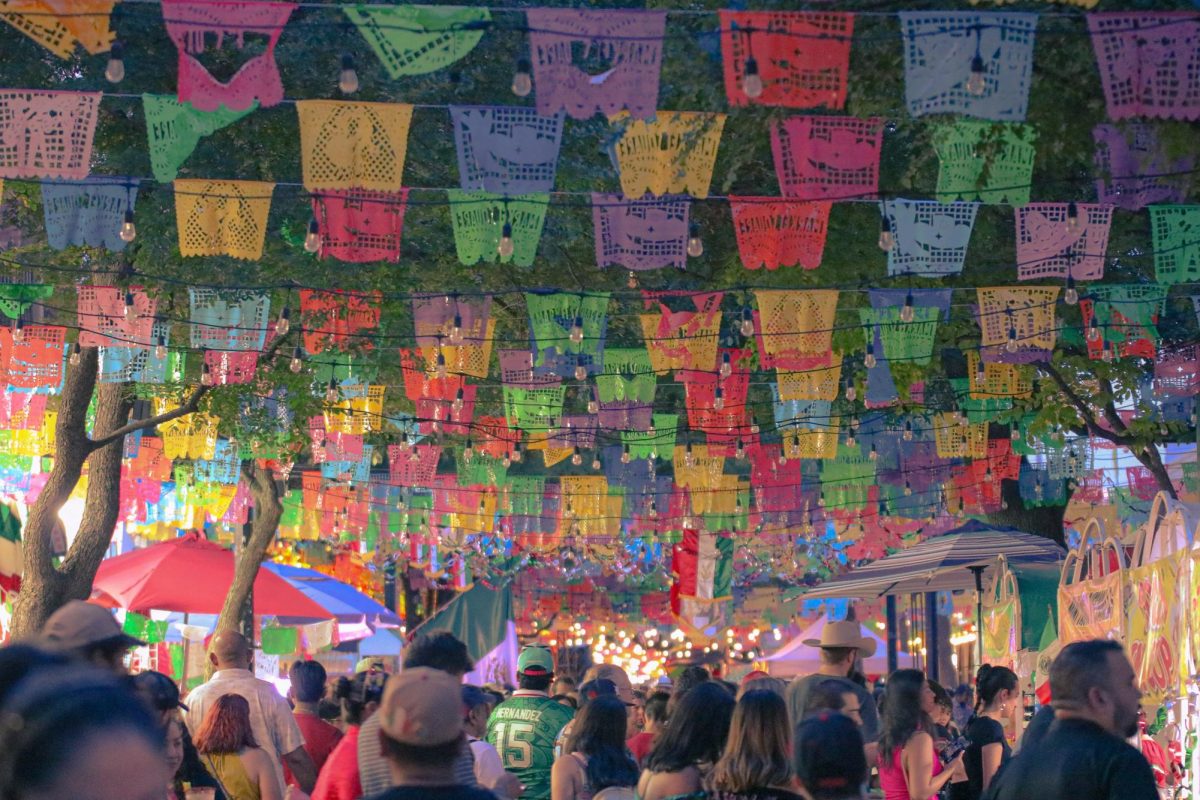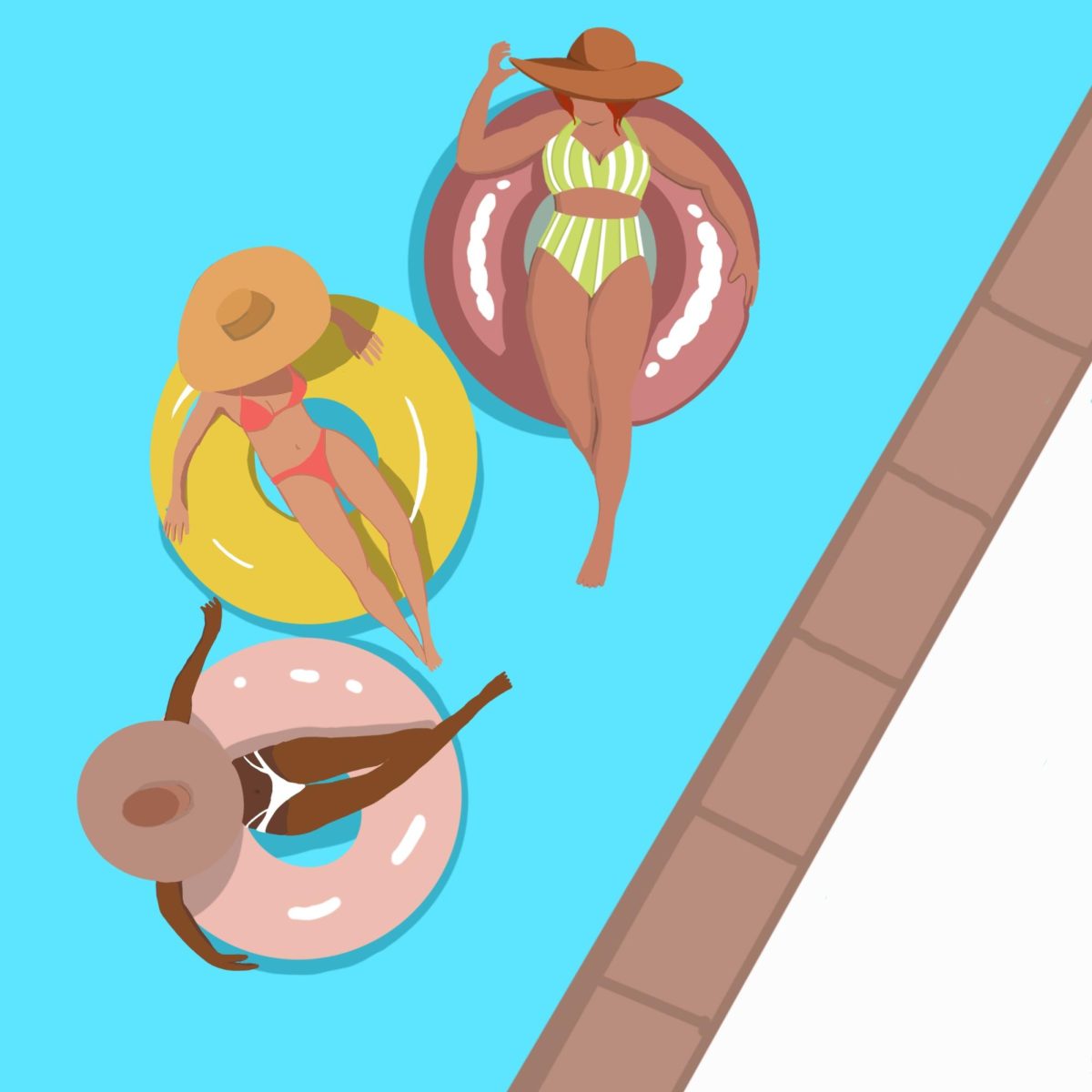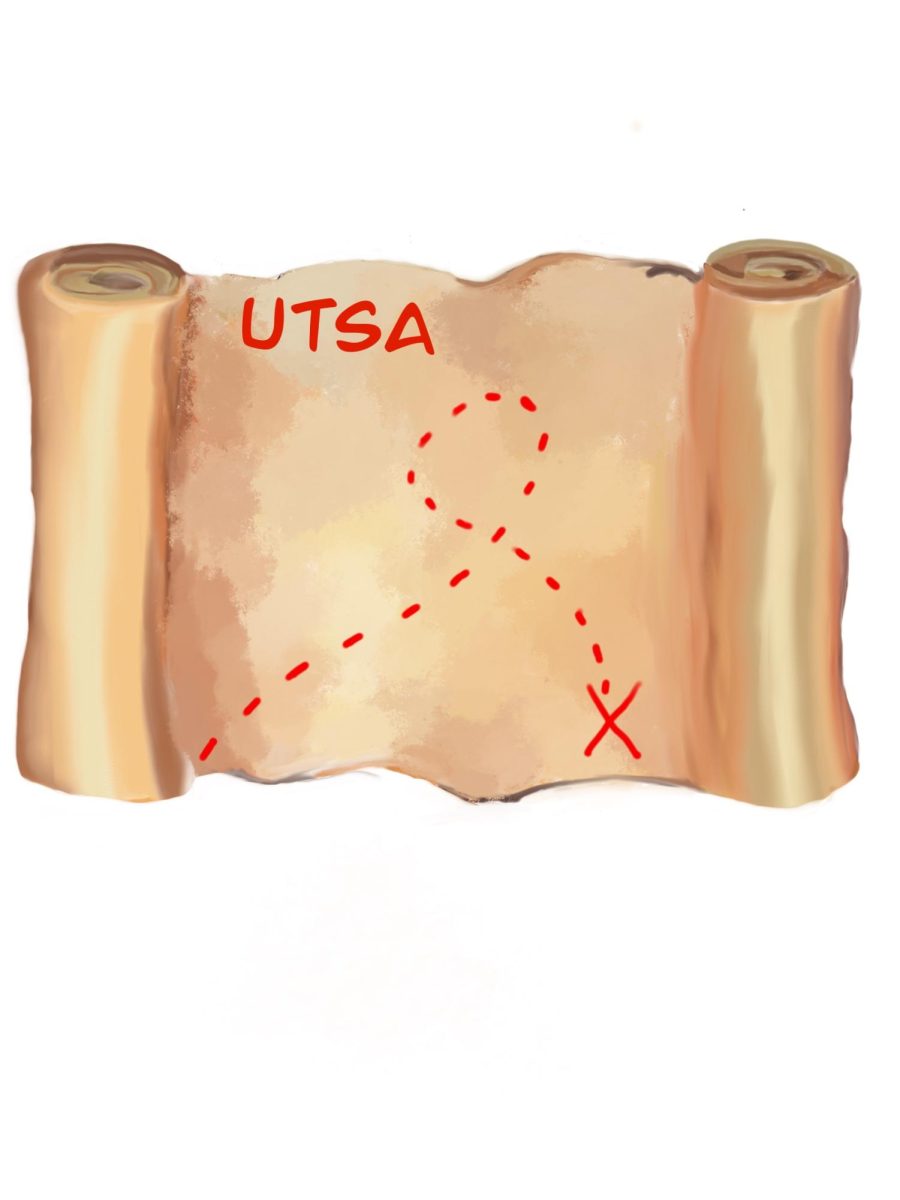Art, among other things, is usually an attempt to communicate expressions of thoughts, feelings and ideas within the artist in a meaningful way. That expression provokes a conversation among observers as they reach out across time and space to connect with the artist.
“The Future is Not What it Used to Be,” at Trinity University’s Neidorff Gallery, is an exhibit that explores human incursion on the natural landscape. Curated by Amanda Roscoe Mayo and located in the Dicke Art and Smith Music Building, it unites the voices of artists from various regions around the common theme of the often unstable and inharmonious relationship between humans and nature.
As they enter the gallery, visitors are greeted by two large black and white digital pigment prints by Caleb Jagger. The first print is of Bee Mountain, in Brewster, Texas; the second shows the barren aftermath of the Rockhouse fire that destroyed more than 300,000 acres near Marfa, Texas, in 2011.
A row of a dozen small color and black and white framed prints captured by Erik Grow are located on a wall nearby, and they invite a broad range of potential interpretations since there seems to be no obvious connection between them except that they all contain images of seascapes or mountain forests. On closer examination, though, an interesting pattern emerges. Every other print is black and white. It is as if the artist is trying to show the contrast between the more natural-looking color photo images and their sterile, black and white counterparts.
Although black and white photographic technology is older than color, it is also the more unnatural of the two in the sense that, at least in its early days, it represented the human inability to accurately reproduce the color dimension of visual images (in this case, images of nature). That disconnect could represent the divide between humans and the rest of nature.
Perhaps one of the more interesting pieces in the exhibition is a video by Adam Waldron-Blain that begins with the image of a mountain stream. The sound of rushing wind and water adds a new dimension to the experience that goes beyond the visual.
Thirty seconds into the clip, a violinist approaches the water and begins to add a decidedly human and unpleasant element to the experience, perhaps as a comment on the mismatch of the human intrusion in the beauty of nature. The sound of the violin is, for the most part, drowned out by the wind and water, but it is just obvious enough to spoil the experience for both lovers of music and of nature.
Regardless of how the individual works are interpreted, the exhibition is worth the trip for anyone who appreciates either art or the natural world.
“The Future Is Not What It Used to Be” will run until Saturday, April 7, in the Michael and Noémi Neidorff Art Gallery. The Neidorff Gallery, located in the Dicke Art Building, is open Tuesday through Saturday from 1 p.m. to 5 p.m. For more information call 210-999-7682.






